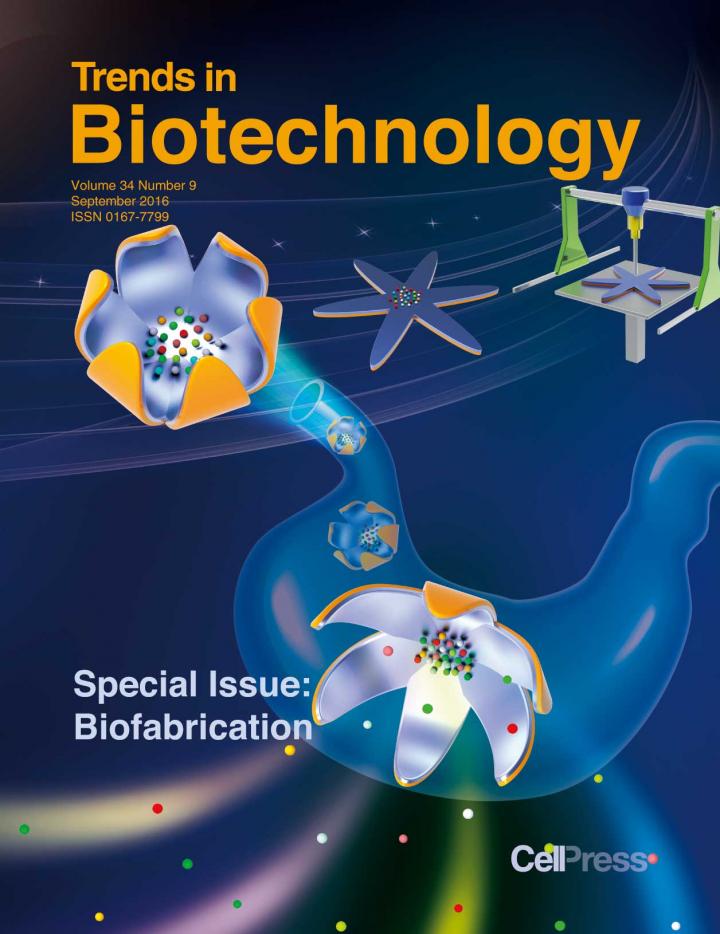剪接、交换、扩展:活细胞中天然蛋白的精确编辑。
IF 14.9
1区 工程技术
Q1 BIOTECHNOLOGY & APPLIED MICROBIOLOGY
Trends in biotechnology
Pub Date : 2025-09-01
Epub Date: 2025-08-02
DOI:10.1016/j.tibtech.2025.07.021
引用次数: 0
摘要
Beyer等人和Hua等人开发了对活哺乳动物细胞中的蛋白质进行精确化学编辑的平台。这些方法能够在不破坏功能的情况下在不同的蛋白质位点上进行位点特异性标记。在几种关键蛋白质上进行了演示,该技术为研究活细胞中的蛋白质动力学和功能开辟了新的可能性。本文章由计算机程序翻译,如有差异,请以英文原文为准。
Splice, exchange, extend: precision editing of native proteins in live cells.
Beyer et al. and Hua et al. developed platforms for precise chemical editing of proteins in living mammalian cells. These approaches enabled site-specific tagging at diverse protein sites without disrupting function. Demonstrated on several key proteins, this technology opens new possibilities for studying protein dynamics and functions in live cells.
求助全文
通过发布文献求助,成功后即可免费获取论文全文。
去求助
来源期刊

Trends in biotechnology
工程技术-生物工程与应用微生物
CiteScore
28.60
自引率
1.20%
发文量
198
审稿时长
1 months
期刊介绍:
Trends in Biotechnology publishes reviews and perspectives on the applied biological sciences, focusing on useful science applied to, derived from, or inspired by living systems.
The major themes that TIBTECH is interested in include:
Bioprocessing (biochemical engineering, applied enzymology, industrial biotechnology, biofuels, metabolic engineering)
Omics (genome editing, single-cell technologies, bioinformatics, synthetic biology)
Materials and devices (bionanotechnology, biomaterials, diagnostics/imaging/detection, soft robotics, biosensors/bioelectronics)
Therapeutics (biofabrication, stem cells, tissue engineering and regenerative medicine, antibodies and other protein drugs, drug delivery)
Agroenvironment (environmental engineering, bioremediation, genetically modified crops, sustainable development).
 求助内容:
求助内容: 应助结果提醒方式:
应助结果提醒方式:


